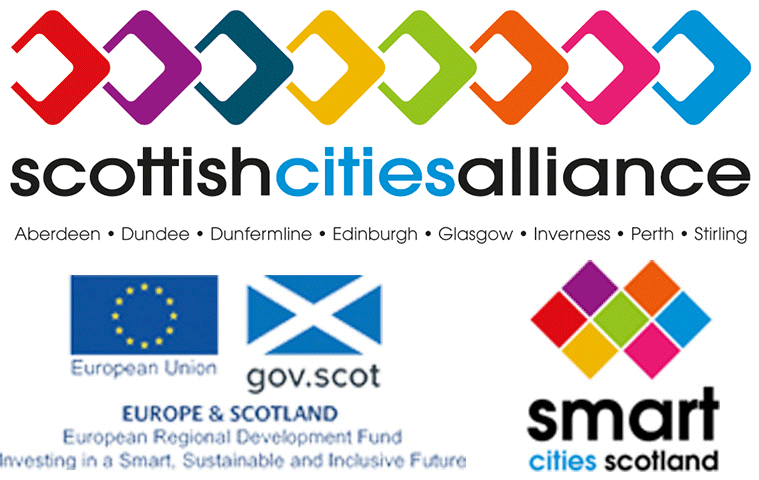All successful long standing products and services are adaptive and human centric. Our cities should be no different. We should be building on top of smart city technologies to uncover methods to best satisfy and support human needs such as feeling productive and have a sense of wellbeing.
User Experience (UX) design has been around since the 1940s and we live it daily when we visit a great website, use a great phone, or a well-designed car. It has been easy for technology and automotive industries to perform UX research, the parameters for measuring experience were limited and highly controllable. There was a very direct and binary relationship between the product, how it performed, and the user’s expectation. This ultimately has been its success in scaling the results globally. This has also highlighted why in urban design the real estate industry and construction processes have lagged behind other industries in adopting these processes. Things are just more complicated with cities and the multiple parameters of influence they possess. So where does one start?
Start with learning about the human.
Advancements in technology in the past decade have pushed neuroscience research forward so much that whilst still a nascent science compared to others, it is now offering a lens on the brain mechanisms that contribute to perception and experience. Cognitive Neuroscience is the scientific field that is concerned with the study of the biological processes and aspects that underlie cognition, with a specific focus on the neural connections in the brain which are involved in mental processes. It is from this field of research that we, The Centric Lab, and our academic partners University College London believe we can take rich, deep data on how people experience their environments biologically and cognitively, and establish principles and guidelines that can inform built environment designers of all kinds with evidence backed UX insights.
When looking at how most people read, observe and learn there is little statistical difference. Neuroscience offers a precise method in how we perform tasks, and how the environment has helped or hindered. It is therefore imperative that further collaboration between the public-private-academic sectors occur to aid this. By orchestrating appropriate spatial qualities, we can look to help people have the agency to perform their tasks to the best of their ability. We can never control the brain, but we can work harder to ensure that we are not designing spaces, places and areas that hinder our natural human functions.
Economically, this scales out to how cities are impacting citizens. Research is demonstrating that pollution contributes to cognitive decline in the elderly. The most apparent result of this is dementia, the highest combined social care cost in the United Kingdom at around £23bn p/a to the public purse. Further studies demonstrate the impact on children exposed to urban pollution from a young age.
Studies are also demonstrating that city dwellers are experiencing higher levels of stress and little outlets for countering stress, creating a vicious cycle – creating a huge impact on economic productivity of workforce. Whilst stress benefits us in certain situations and doses, the overproduction of the chemicals released during its processes contribute to weakening immune systems, affecting sleep, and ultimately mood.
We also have to think about vulnerable or sensitive demographics, such as those on the autistic spectrum, who can experience more acute stress and anxiety in confusing and chaotic environments far easier. If we don’t listen, learn, and adopt, we run the risk of making our cities places of ill-mental health.
The question we have to ask ourselves is do we choose to make our cities exclusive and unavailable to those not fully normative or high functioning. Or do we take principles from the cognitive sciences and apply them to macro design principles to help with navigation, to help reduce sensory overload induced anxiety, and to provide environments of wellbeing to all citizens?
Do we need to have our brains hacked by machines daily? No.
Do we need to be more patient, ask better questions, and do better pre-intervention analysis before we rush building ineffective infrastructure? Yes.
In combining well used tools such as Space Syntax modeling and advanced VR simulated worlds with cognitive experience data, and testing, we can start to unearth a more refined vision of what are good spaces, buildings, environments, streets and city areas. This will be based on their abilities that either enhance or negate the cognitive abilities and functions we as humans need in our complex daily lives. Through machine learning, advanced robotics and smart materials, such as pollution fighting building exoskeletons, we can start to build frameworks that enable a city to act in response to the activities that take place within it.
Neuroscience offers us a tool to add sophisticated layers of information, methods and measurements to build a coherent UX platform for helping design human centric smart cities – Cities that are robust and resilient in infrastructure, performance and experience.
As Joseph Pine said in The Experience Economy, “As the nature of economic output changes, so must the efforts that go into it.”
As the purpose of our cities evolve, so must our thinking.
Bio – Josh Artus, Director of The Centric Lab

Josh Artus is a director of The Centric Lab. A UK based neuroscience research lab for the built environment. The company’s consultancy offers clients methods to promote the systematic uptake of clinical research findings and other evidence-based practices into routine practice to enhance the user experience of their built environments.

 X
X Linkedin
Linkedin